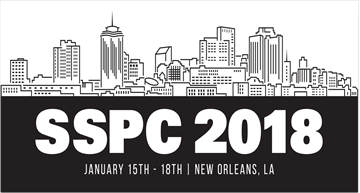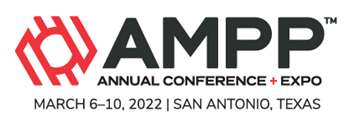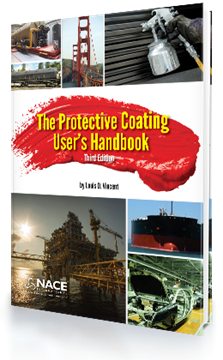Search
Products tagged with 'coatings'
View as
Sort by
Display
per page
The Evaluation and Use of OAP Coatings for KYTC Bridge Maintenance Painting
Product Number:
41213-806-SG
Publication Date:
2013
$20.00
The Evolution of Coatings and Linings in Wastewater Applications
Product Number:
41205-200-SG
Publication Date:
2005
$20.00
The Gas Fracking Boom: Expanded Opportunities for the Protective Coatings Industry
Product Number:
41214-857-SG
Publication Date:
2014
$20.00
THE IMPACT OF COATING SYSTEMS ON THE TECHNOLOGY REQUIRED TO SUSTAIN US AIR FORCE SYSTEMS DoD
Product Number:
51218-151-SG
Publication Date:
2018
$20.00
The Manufacturer’s Standard Coating System - What it can Mean to the Stake-Holders in the Equipment Purchasing Process
Product Number:
41216-981-SG
Publication Date:
2016
$20.00
The Need For Independent 3Rd Party Coatings Inspectors On All Industrial Coatings Projects
Product Number:
51322-18101-SG
Publication Date:
2022
$20.00
The Performance of Waterborne Acrylic Coatings in an Accelerated Testing Protocol
Product Number:
41206-226-SG
Publication Date:
2006
$20.00
The Problem with Meeting Dry Film Thickness Specifications
Product Number:
41215-892-SG
Publication Date:
2015
$20.00
The Protective Coating User's Handbook, Third Edition (E-book)
Product Number:
37605-e
ISBN:
978-1-57590-318-7
Publication Date:
2016
$130.00
The Role of Coatings in Mold and Mildew Remediation
Product Number:
41205-158-SG
Publication Date:
2005
$20.00
The Use of Coatings for Corrosion Control on Offshore Oil Structures
Product Number:
41206-219-SG
Publication Date:
2006
$20.00












